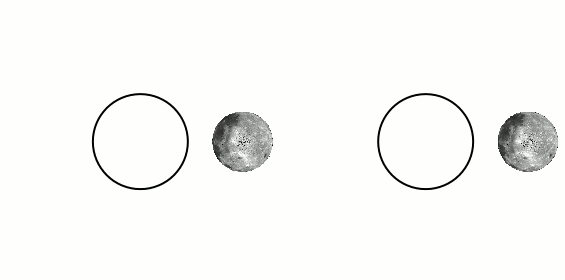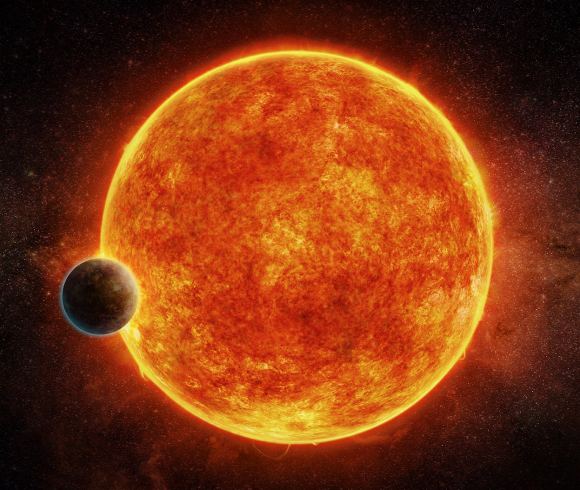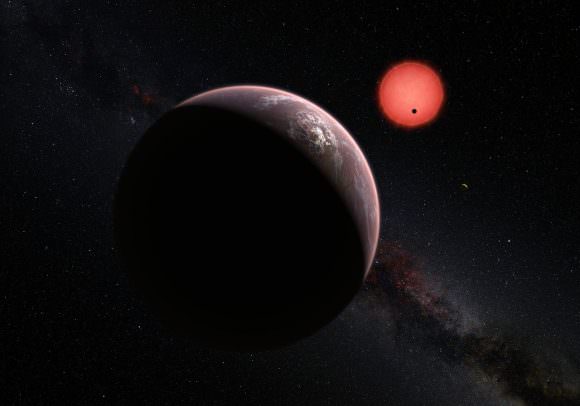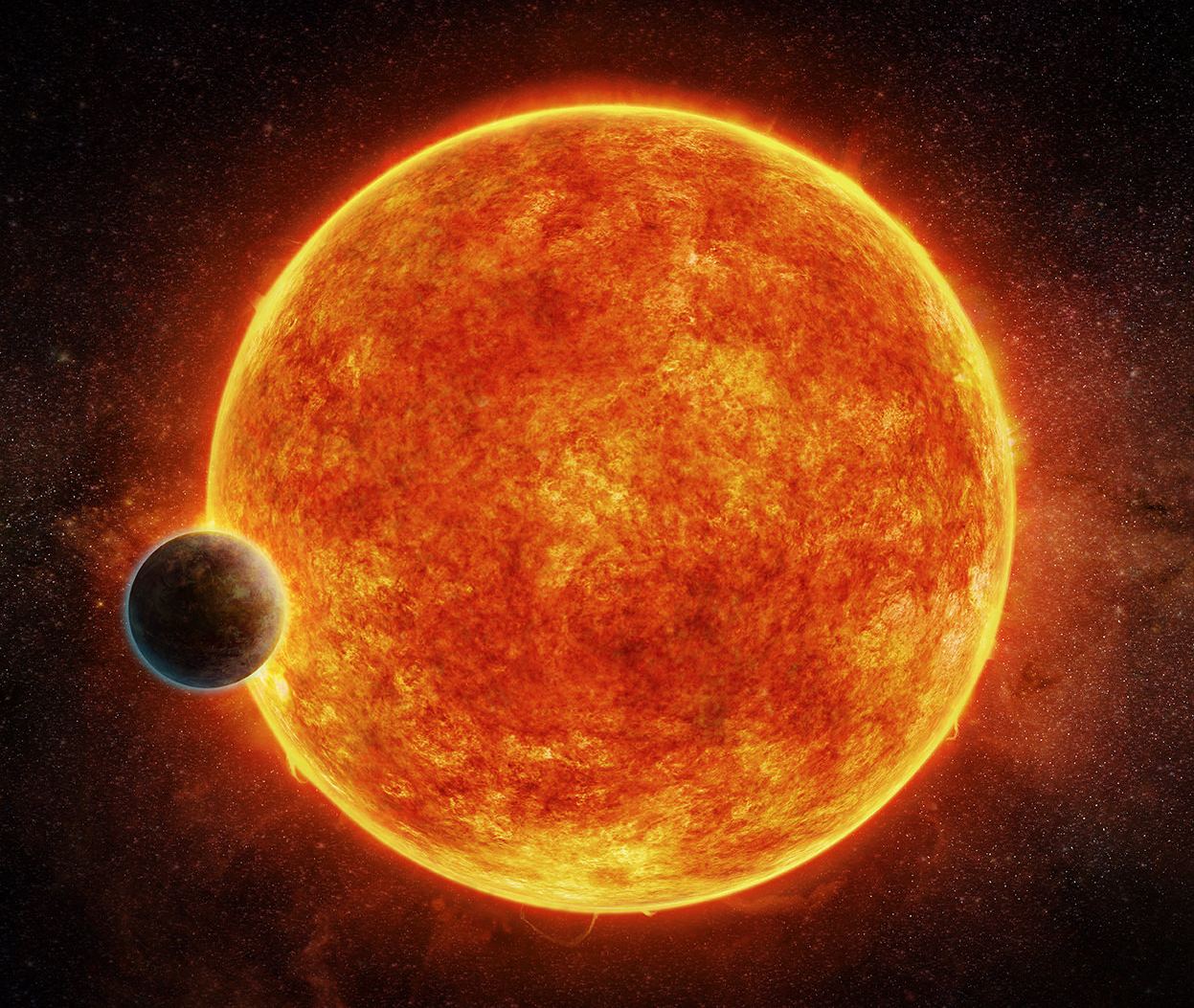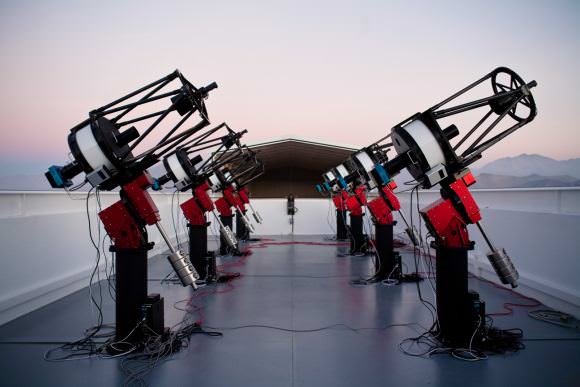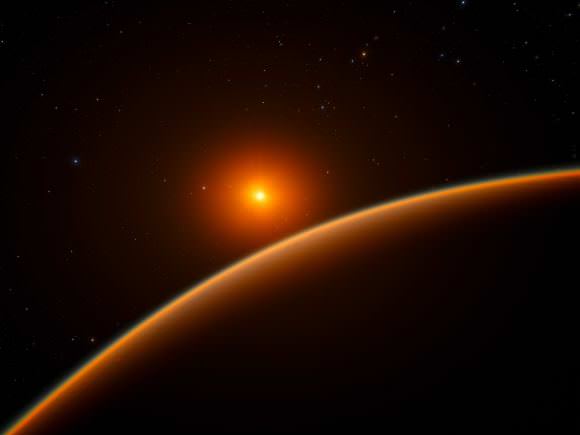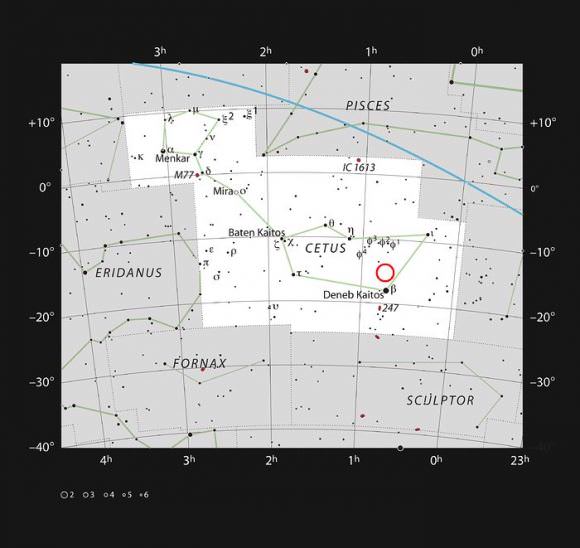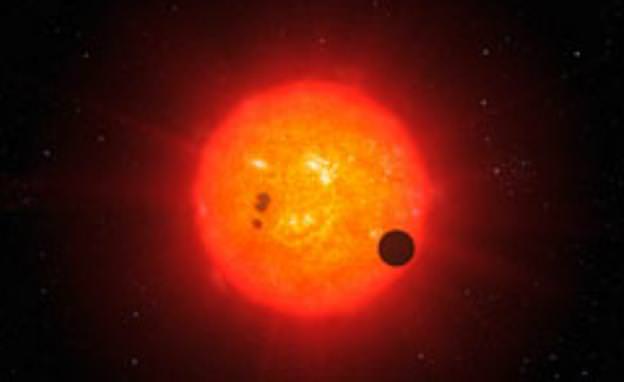Ultraviolet light is what you might call a controversial type of radiation. On the one hand, overexposure can lead to sunburn, an increased risk of skin cancer, and damage to a person’s eyesight and immune system. On the other hand, it also has some tremendous health benefits, which includes promoting stress relief and stimulating the body’s natural production of vitamin D, seratonin, and melanin.
And according to a new study from a team from Harvard University and the Harvard-Smithsonian Center for Astrophysics (CfA), ultraviolet radiation may even have played a critical role in the emergence of life here on Earth. As such, determining how much UV radiation is produced by other types of stars could be one of the keys to finding evidence of life any planets that orbit them.
The study, titled “The Surface UV Environment on Planets Orbiting M Dwarfs: Implications for Prebiotic Chemistry and the Need for Experimental Follow-up“, recently appeared in The Astrophysical Journal. Led by Sukrit Ranjan, a visiting postdoctoral researcher at the CfA, the team focused on M-type (red dwarf) stars to determine if this class of star produces enough UV radiation to kick-start the biological processes necessary for life to emerge.
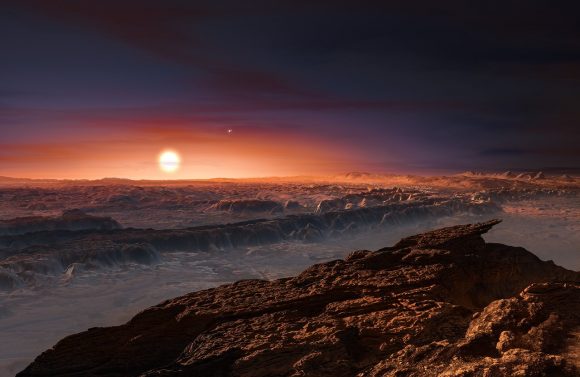
Recent studies have indicated that UV radiation may be necessary for the formation of ribonucleic acid (RNA), which is necessary for all forms of life as we know it. And given the rate at which rocky planets have been discovered around red dwarf stars of late (exampled include Proxima b, LHS 1140b, and the seven planets of the TRAPPIST-1 system), how much UV radiation red dwarfs give off could be central to determining exoplanet habitability.
As Dr. Ranjan explained in a CfA press release:
“It would be like having a pile of wood and kindling and wanting to light a fire, but not having a match. Our research shows that the right amount of UV light might be one of the matches that gets life as we know it to ignite.”
For the sake of their study, the team created radiative transfer models of red dwarf stars. They then sought to determine if the UV environment on prebiotic Earth-analog planets which orbited them would be sufficient to stimulate the photoprocesses that would lead to the formation of RNA. From this, they calculated that planets orbiting M-dwarf stars would have access to 100–1000 times less bioactive UV radiation than a young Earth.
As a result, the chemistry that depends on UV light to turn chemical elements and prebiotic conditions into biological organisms would likely shut down. Alternately, the team estimated that even if this chemistry was able to proceed under a diminished level of UV radiation, it would operate at a much slower rate than it did on Earth billions of years ago.
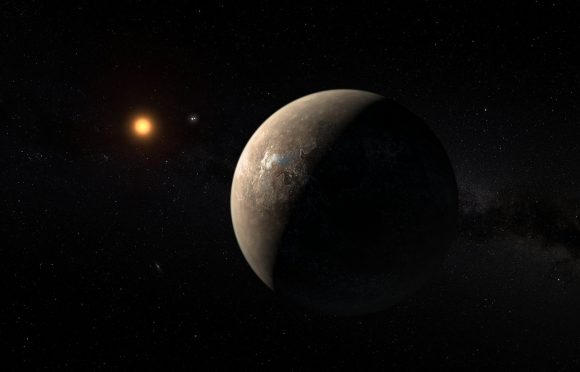
As Robin Wordsworth – an assistant professor at the Harvard School of Engineering and Applied Science and a co-author on the study – explained, this is not necessarily bad news as far as questions of habitability go. “It may be a matter of finding the sweet spot,” he said. “There needs to be enough ultraviolet light to trigger the formation of life, but not so much that it erodes and removes the planet’s atmosphere.”
Previous studies have shown that even calm red dwarfs experience dramatic flares that periodically bombard their planets with bursts UV energy. While this was considered to be something hazardous, which could strip orbiting planets of their atmospheres and irradiate life, it is possible that such flares could compensate for the lower levels of UV being steadily produced by the star.
This news also comes on the heels of a study that indicated how the outer planets of the TRAPPIST-1 system (including the three located within its habitable zone) might still have plenty of water of their surfaces. Here too, the key was UV radiation, where the team responsible for the study monitored the TRAPPIST-1 planets for signs of hydrogen loss from their atmospheres (a sign of photodissociation).
This research also calls to mind a recent study led by Professor Avi Loeb, the Chair of the astronomy department at Harvard University, Director of the Institute for Theory and Computation, and also a member of the CfA. Titled, “Relative Likelihood for Life as a Function of Cosmic Time“, Loeb and his team concluded that red dwarf stars are the most likely to give rise to life because of their low mass and extreme longevity.
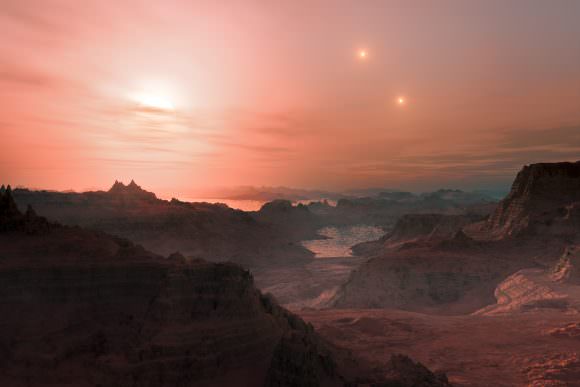
Compared to higher-mass stars that have shorter life spans, red dwarf stars are likely to remain in their main sequence for as long as six to twelve trillion years. Hence, red dwarf stars would certainly be around long enough to accommodate even a vastly decelerated rate of organic evolution. In this respect, this latest study might even be considered a possible resolution for the Fermi Paradox – Where are all the aliens? They’re still evolving!
But as Dimitar Sasselov – the Phillips Professor of Astronomy at Harvard, the Director of the Origins of Life Initiative and a co-author on the paper – indicated, there are still many unanswered questions:
“We still have a lot of work to do in the laboratory and elsewhere to determine how factors, including UV, play into the question of life. Also, we need to determine whether life can form at much lower UV levels than we experience here on Earth.”
As always, scientists are forced to work with a limited frame of reference when it comes to assessing the habitability of other planets. To our knowledge, life exists on only on planet (i.e. Earth), which naturally influences our understanding of where and under what conditions life can thrive. And despite ongoing research, the question of how life emerged on Earth is still something of a mystery.
If life should be found on a planet orbiting a red dwarf, or in extreme environments we thought were uninhabitable, it would suggest that life can emerge and evolve in conditions that are very different from those of Earth. In the coming years, next-generation missions like the James Webb Space Telescope are the Giant Magellan Telescope are expected to reveal more about distant stars and their systems of planets.
The payoff of this research is likely to include new insights into where life can emerge and the conditions under which it can thrive.
Further Reading: CfA, The Astrophysical Journal



